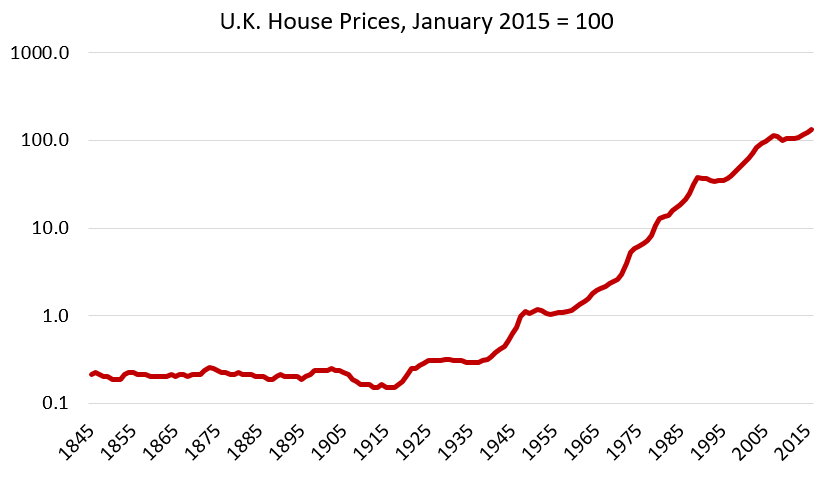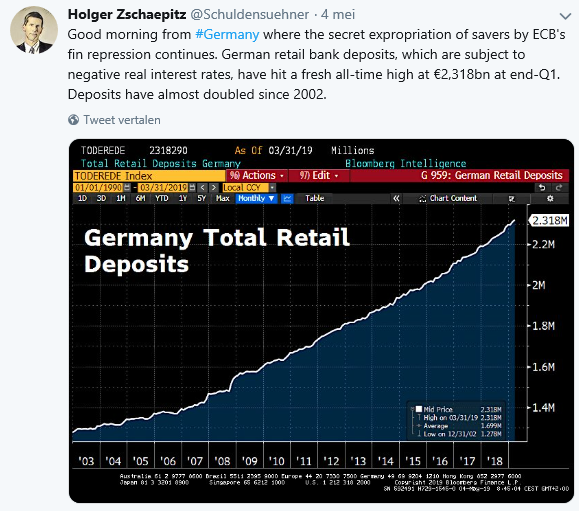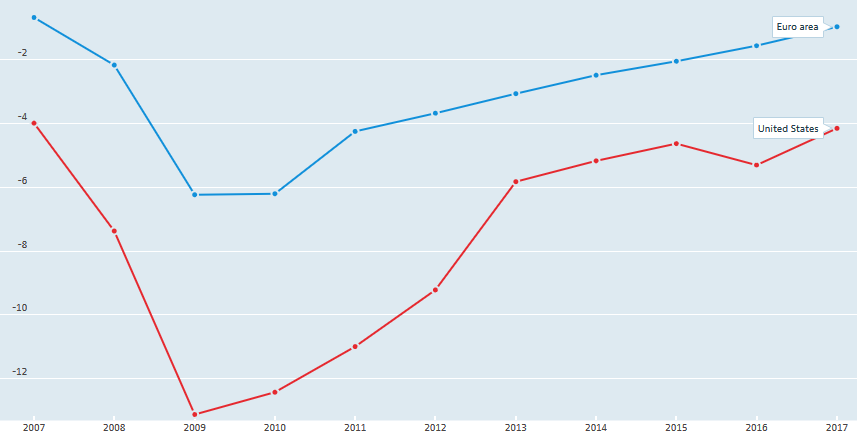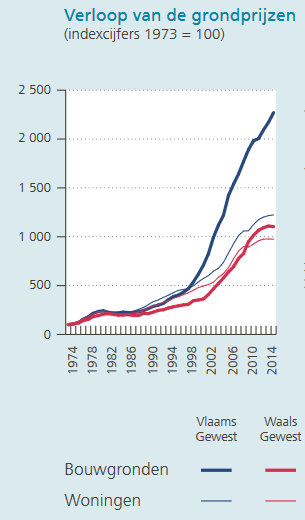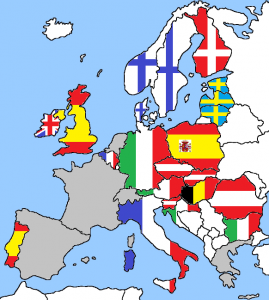Swedish tv station SVT has investigated suspected money laundering by Russian and Ukranian customers of Swedbank. Oligarchs used accounts at Swedbank’s Estonian branch to move money offshore. The documentary is available online in English: part 1 and part 2.
At the end of part 2, Daria Kaleniuk, executive director of the Anti-Corruption Action Center in Kiev is asked “why do you think they [i.e., the bank] let this happen?”. Ms. Kaleniuk replies “because it’s profitable!”.
However, I’m not convinced that is true. Payments are a low-margin activity that expose banks to a lot of downside risk. Violating anti-money laundering (AML) rules have cost banks hundreds of millions of dollars in recent years.
In my opinion, criminals succeed in money laundering because compliance with AML regulation was (is?) not a priority for top executives. A lack of funding and management attention for compliance leads to a mentality of “just check the boxes, so it looks like we did what we had to do”.
Stronger enforcement, including higher fines and other sanctions, might change that situation.
